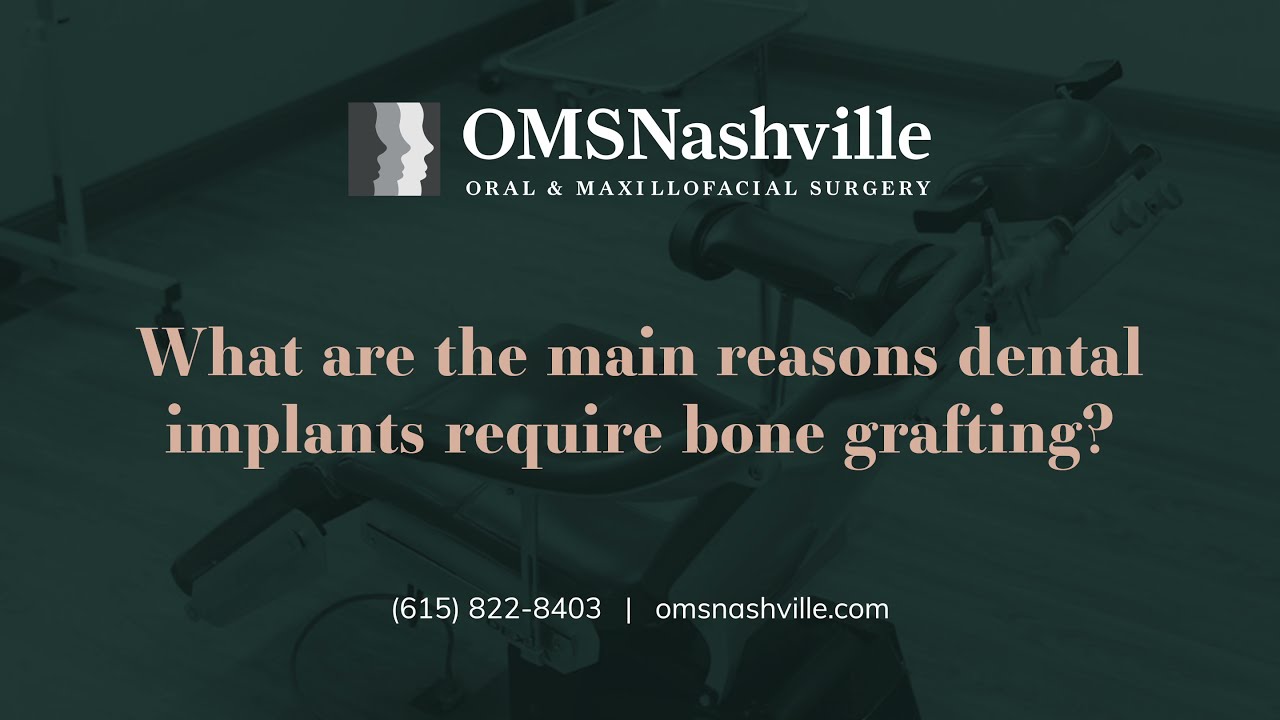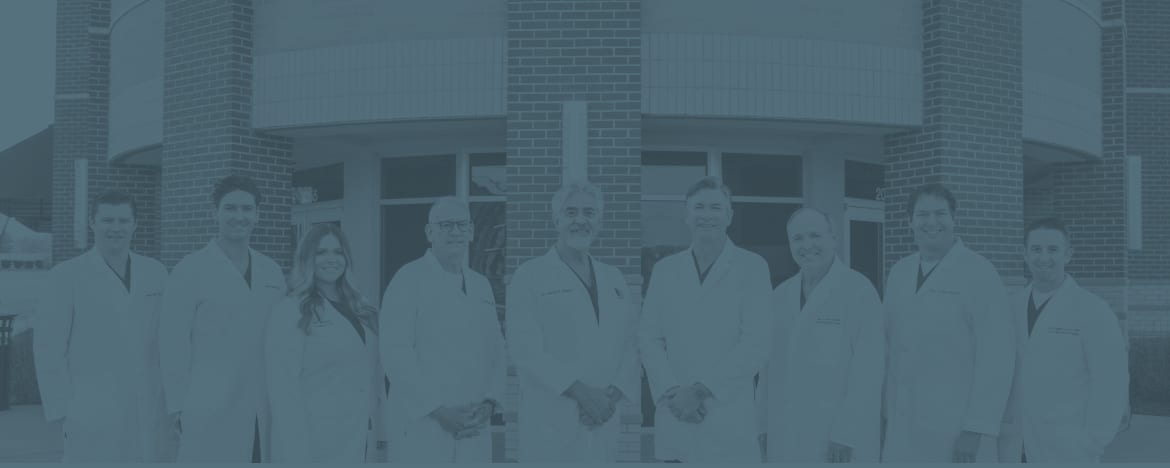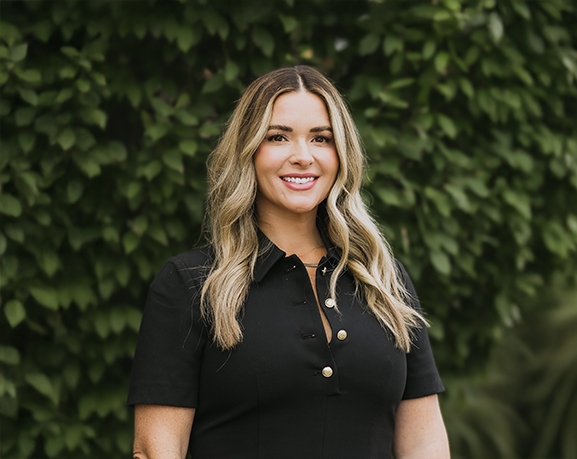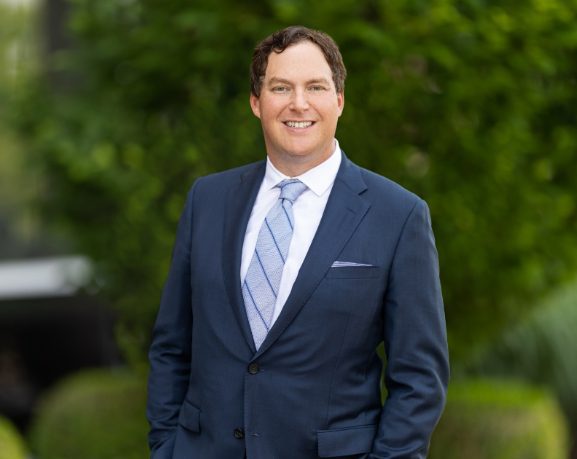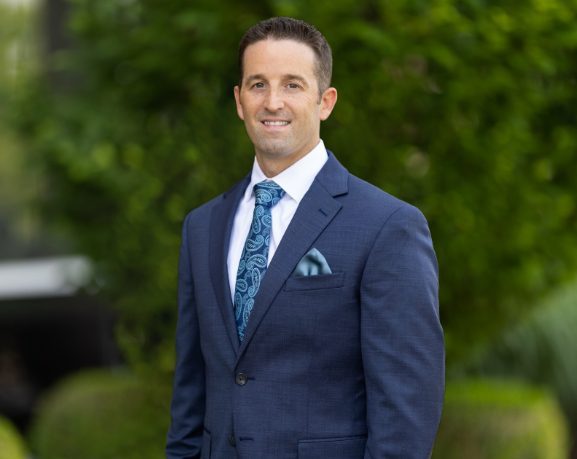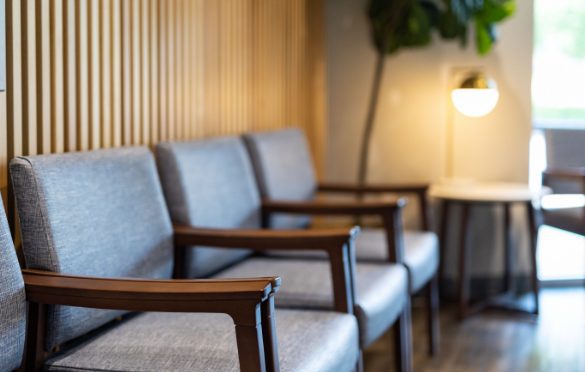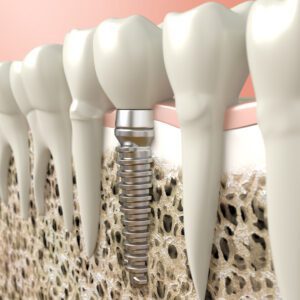 Over a period of time, the jawbone associated with missing teeth atrophies or is reabsorbed. This often leaves a condition in which there is poor quality and quantity of bone suitable for placement of dental implants. In these situations, most patients are not candidates for placement of dental implants. Today, we have the ability to replace bone where needed with bone grafting. This not only gives us the opportunity to place implants of proper length and width, it also gives us a chance to restore functionality and aesthetic appearance.
Over a period of time, the jawbone associated with missing teeth atrophies or is reabsorbed. This often leaves a condition in which there is poor quality and quantity of bone suitable for placement of dental implants. In these situations, most patients are not candidates for placement of dental implants. Today, we have the ability to replace bone where needed with bone grafting. This not only gives us the opportunity to place implants of proper length and width, it also gives us a chance to restore functionality and aesthetic appearance.
Major Bone Grafting
Bone grafting can repair dental implant sites with inadequate bone structure due to previous extractions, gum disease or injuries. The bone is either obtained from a tissue bank or your own bone is taken from the jaw, hip or tibia (below the knee). Sinus bone grafts are also performed to replace bone in the posterior upper jaw. In addition, special membranes may be utilized that dissolve under the gum and protect the bone graft and encourage bone regeneration. This is called guided bone regeneration or guided tissue regeneration.
Major bone grafts are typically performed to repair defects of the jaws. These defects may arise as a result of traumatic injuries, tumor surgery, or congenital defects. Large defects are repaired using the patient’s own bone. This bone is harvested from a number of different sites depending on the size of the defect. The skull (cranium), hip (iliac crest), and lateral knee (tibia), are common donor sites. These procedures are routinely performed in an operating room and require a hospital stay.
Sinus Lift Procedure
The maxillary sinuses are behind your cheeks and on top of the upper teeth. Sinuses are like empty rooms that have nothing in them. Some of the roots of the natural upper teeth extend up into the maxillary sinuses. When these upper teeth are removed, there is often just a thin wall of bone separating the maxillary sinus and the mouth. Dental implants need bone to hold them in place. When the sinus wall is very thin, it is impossible to place dental implants in this bone.
There is a solution and it’s called a sinus graft or sinus lift graft. The dental implant surgeon enters the sinus from where the upper teeth used to be. The sinus membrane is then lifted upward and donor bone is inserted into the floor of the sinus. Keep in mind that the floor of the sinus is the roof of the upper jaw. After several months of healing, the bone becomes part of the patient’s jaw and dental implants can be inserted and stabilized in this new sinus bone.
The sinus graft makes it possible for many patients to have dental implants when years ago there was no other option other than wearing loose dentures.
If enough bone between the upper jaw ridge and the bottom of the sinus is available to stabilize the implant well, sinus augmentations and implant placement can sometimes be performed as a single procedure. If not enough bone is available, the sinus augmentation will have to be performed first, then the graft will have to mature for several months, depending upon the type of graft material used. Once the graft has matured, the implants can be placed.
Ridge Expansion
In severe cases, the ridge has been reabsorbed and a bone graft is placed to increase ridge height and/or width. This is a technique used to restore the lost bone dimension when the jaw ridge gets too thin to place conventional implants. In this procedure, the bony ridge of the jaw is literally expanded by mechanical means. Bone graft material can be placed and matured for a few months before placing the implant.
Patient Information
- You may not have anything to eat or drink (including water) for six (6) hours prior to the appointment.
- No smoking at least 12 hours before surgery. Ideally, cut down or stop smoking as soon as possible prior to the day of surgery.
- A responsible adult must accompany the patient to the office, remain in the office during the procedure, and drive the patient home.
- The patient should not drive a vehicle or operate any machinery for 24 hours following the anesthesia experience.
- Please wear loose fitting clothing with sleeves which can be rolled up past the elbow, and low-heeled shoes.
- Contact lenses, jewelry, and dentures must be removed at the time of surgery.
- Do not wear lipstick, excessive makeup, or nail polish on the day of surgery.
- If you have an illness such as a cold, sore throat, stomach or bowel upset, please notify the office.
- If you take routine oral medications, please check with OMSNashville prior to your surgical date for instructions.
The following information applies when grafting material has been placed into extraction sites to help preserve your jawbone in preparation for possible implant replacement of the extracted tooth.
Your bone graft is made up of many particles. You may find some small granules in your mouth for the first several days. Do not be alarmed by these. It’s normal to have some of them come out of the graft site and into your mouth. There are some things you could do to minimize the amount of particles that become dislodged:
- Do not disturb or touch the wound.
- Avoid rinsing or spitting for 2 days to allow blood clot and graft material stabilization.
- Do not apply pressure with your tongue or fingers to the grafted area, as the material is movable during the initial healing.
- Do not lift or pull on the lip to look at the sutures. This can actually cause damage to the wound site and tear the sutures.
- Do not smoke.
Following the second day, gentle rinsing would be allowed but not too vigorously as you can again disturb some of the bone graft granules. If a partial denture or a flipper was placed in your mouth, you may have to see your restorative dentist to have it adjusted and learn how to remove and replace it appropriately.
It is our desire that your recovery be as smooth and pleasant as possible. Following these instructions will assist you, but if you have questions about your progress, please call the office. Please try to call during office hours; however a 24-hour answering service is available for after hours contact with a doctor. The after hours telephone number is 615-822-8403.
Antibiotics
Be sure to take the prescribed antibiotics as directed to help prevent infection
Oral Hygiene
Do not rinse or spit on the day of your surgery. This tends to disturb the blood clot, open the wound and can prolong bleeding and slow healing. You should not have a significant amount of blood in your mouth. Saliva can be swallowed, even if slightly blood tinged.
Keeping your mouth clean after surgery is essential to reduce the risk of infection. Start salt water rinses the day following your procedure. Use one-half teaspoon of salt dissolved in an 8 ounce glass of warm water and gently rinse with portions of the solution, taking five minutes to use the entire glassful. Repeat as often as you like, but at least four to five times daily and always after eating for the next five days.
Do not brush the teeth in the area of surgery for 48 hours. When brushing, be very gentle. When expectorating, also be gentle.
We may prescribe an antibiotic rinse (Chlorhexadine, Periogard, Peridex) for certain procedures. This rinse should be used in the morning and at bedtime after routine mouth care. Do not eat or drink or rinse your mouth after using the medicated rinse. Using this rinse more than two times a day will cause staining of your teeth.
Smoking
Do not smoke for at least two weeks after surgery, if at all. As discussed at your consultation, smoking dramatically increases the risk of bone graft and sinus augmentation failure. Drs. Burchfield, Richardson, McLeod, Shea, West and Hamilton can prescribe a Nicoderm patch if you feel you need it.
Wearing your Prosthesis or Nightguards
Partial dentures, flippers, or full dentures should not be used immediately after surgery until your post-operative appointment unless specifically instructed otherwise. Please contact the office if there is any question. If you have a temporary “flipper” to wear do not place it until the numbness in the area is gone. When it is placed it should not touch the gums in the area of the surgery. If it does, this can cause ulceration of the wound edges and breakdown of the suture margins. This can lead to loss of the graft. If you have questions about the fit of your flipper, partial or complete denture, do not wear it until your general dentist or our office can see you.
Post-Operative Problems or Complications
As with any procedure, unexpected post-operative healing can occur. If you notice the unexpected flow of air or liquids between your mouth and nose, please let us know immediately.
- If you are aware of several small particles of graft material being discharged from your nose, let us know as well.
- If you experience sinus or nasal congestion on the side your surgery was performed, let us know.
- If there is an increase in swelling in your mouth, cheek or under your eye after 3 days, let us know.
It is our desire that your recovery be as smooth and pleasant as possible. Following these instructions will assist you, but if you have questions about your progress, please call the office. Please try to call during office hours; however a 24-hour answering service is available for after hours contact with a doctor.
The after hours telephone number is 615-822-8403.
The following information applies when upper jaw bone height or width have been lost. The graft is placed to help restore your jawbone in preparation for possible implant replacement of the missing tooth or teeth.
You have had a Sinus Lift Augmentation procedure in your upper jaw. This procedure regains lost bone height in the area of your first and second molar and occasionally second premolar. It is an important procedure as it allows implant placement in an area that could not be implanted otherwise because of insufficient bone height due to an enlarged sinus.
The bone that has been grafted is most commonly a combination freeze-dried bone, artificial synthetic bone and your own bone. Because of this you may have two post-surgical wounds: the donor site and the recipient site.
DO NOT UNDER ANY CIRCUMSTANCES. BLOW YOUR NOSE FOR THE NEXT FOUR (4) WEEKS. This may be longer if indicated. You may sniff all you like but NO BLOWING. You may gently dab and wipe your nose as needed.
- Do not blow your nose or sneeze holding your nose. Sneeze with your mouth open.
- Do not drink with straws and do not spit.
- Scuba diving and flying in pressurized aircraft may also increase sinus pressure and should be avoided.
- Decongestants such as Drixoral, Dimetapp, or Sudafed will help reduce pressure in the sinuses.
- You may also be given a prescription for antibiotics. Please take these as directed.
- Anything that causes pressure in your nasal cavity must be avoided. Avoid “bearing down”—as when lifting heavy objects, blowing up balloons, playing musical instruments that require a blowing action or any other activity that increases nasal or oral pressure.
- Smoking must be stopped. If necessary Drs. Burchfield, Richardson, McLeod, Shea, Hamilton & West can prescribe Nicoderm patches.
